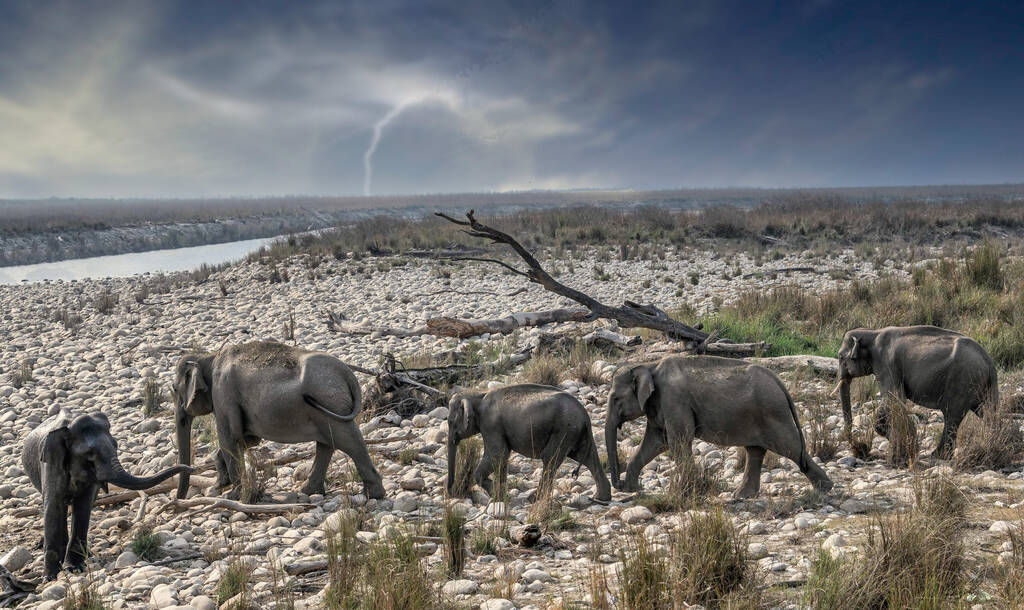Located in the foothills of the majestic Himalayas, Jim Corbett National Park is one of the oldest and most prestigious national parks in India. Spread over an area of 520 square kilometers, this wildlife sanctuary offers a mesmerizing experience for nature enthusiasts and wildlife lovers alike. Established in 1936 as Hailey National Park, it was renamed Jim Corbett National Park in 1957, in honor of the renowned British hunter and conservationist, Jim Corbett.
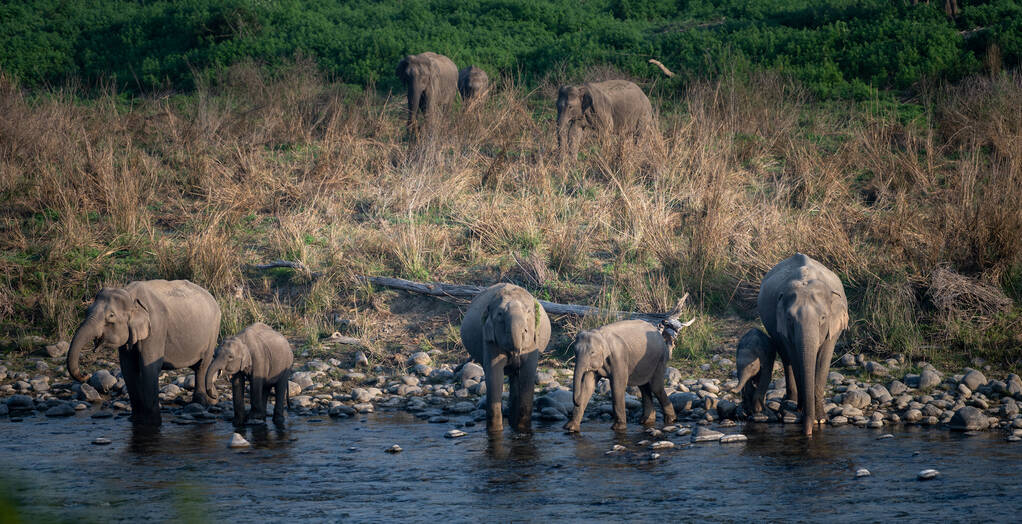
What sets Jim Corbett National Park apart from other wildlife sanctuaries in India is its rich biodiversity. The park is home to a wide variety of flora and fauna, making it a haven for wildlife enthusiasts and researchers. The lush green forests, grasslands, and the sparkling Ramganga River that meanders through the park create the perfect habitat for several species to thrive.
A wildlife safari in Jim Corbett National Park is an experience that truly immerses you in the natural beauty of the Indian subcontinent. One of the best ways to explore the park is through a jeep safari, which takes you deep into the heart of the wilderness. The park is divided into five zones, each offering a unique experience. These zones include Dhikala, Bijrani, Jhirna, Dhela, and Durgadevi. Each zone has its own distinctive fauna and flora, ensuring that every safari provides a different experience.
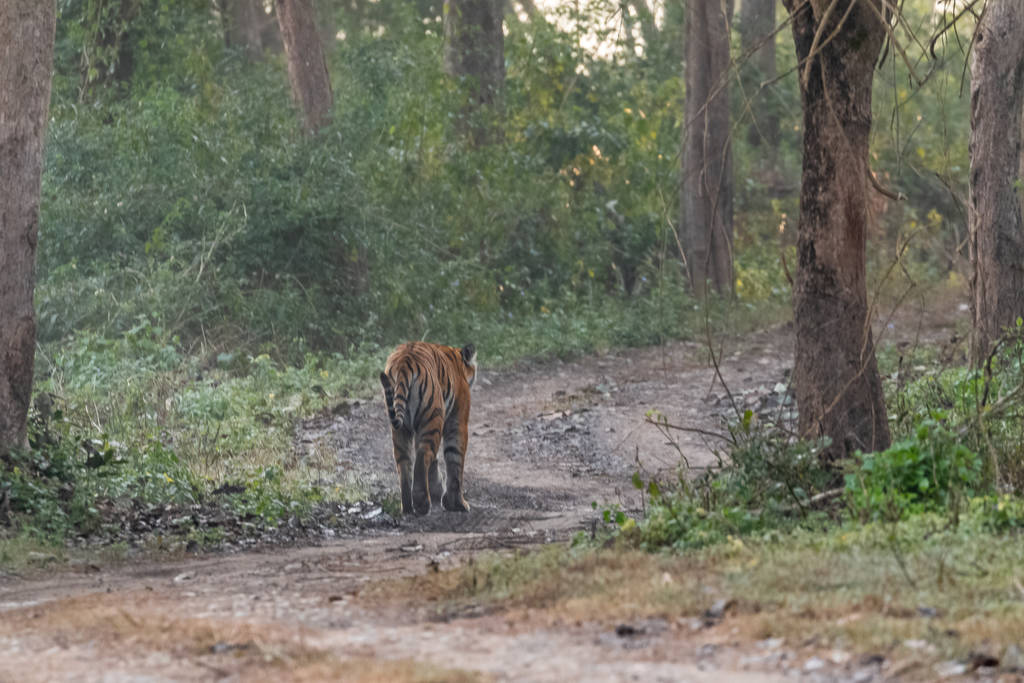
The Dhikala Zone is one of the most popular zones in the park and is known for its breathtaking landscapes. It offers a chance to spot the majestic Asiatic elephants, as well as the Royal Bengal Tigers, leopards, and various species of deer. The Dhikala Forest Lodge, situated amidst the dense forests of this zone, provides the perfect accommodation for those seeking an unforgettable wildlife experience.
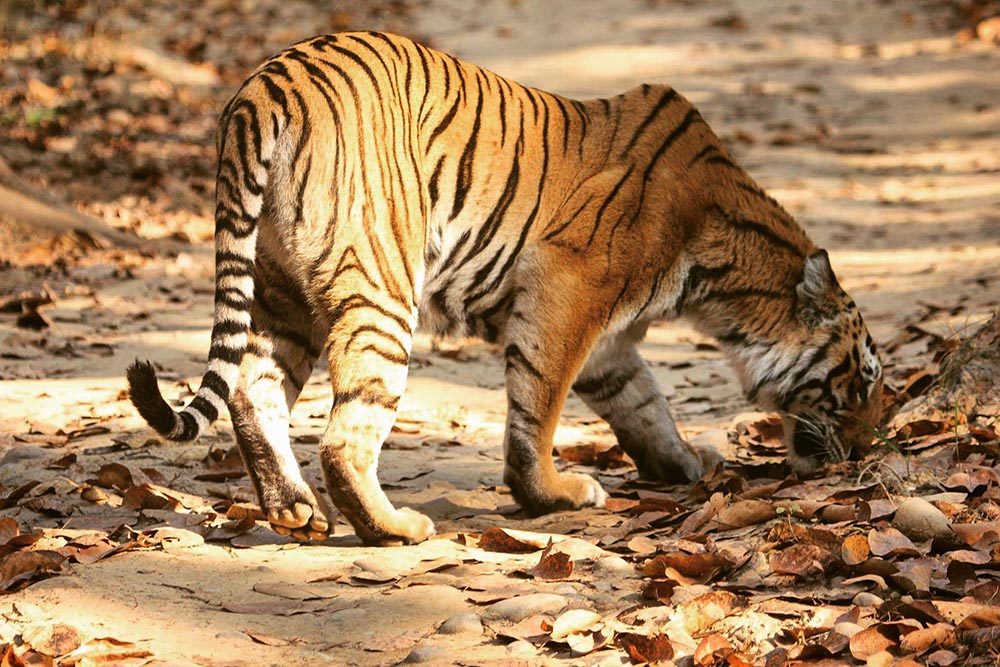
Bijrani Zone, on the other hand, is a bird watcher’s paradise. With over 300 species of birds, including the endangered great hornbill and the crested kingfisher, this zone offers a delightful experience for bird enthusiasts and photographers. The lush grasslands and open woodlands create the perfect habitat for these avian wonders.

Jhirna Zone, located on the southern fringe of the park, is known for its diverse flora and fauna. This zone is open to visitors throughout the year and provides an opportunity to spot wildlife such as sloth bears, deer, and wild boars. The dense sal forests in this zone make it an ideal location for wildlife photography.
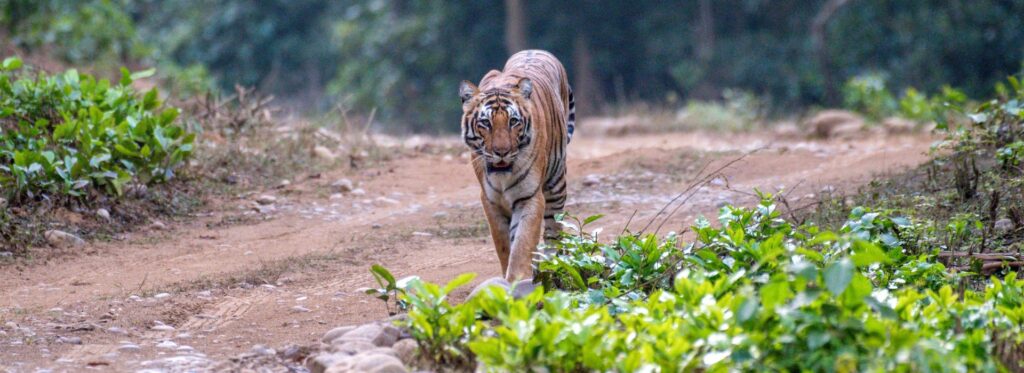
For those seeking a more offbeat experience, the Dhela Zone, situated in the buffer zone of the park, offers a chance to explore the lesser-known parts of Jim Corbett National Park. With its tranquil surroundings and abundance of wildlife, including the elusive leopard, this zone is perfect for those who prefer a more intimate wildlife encounter.
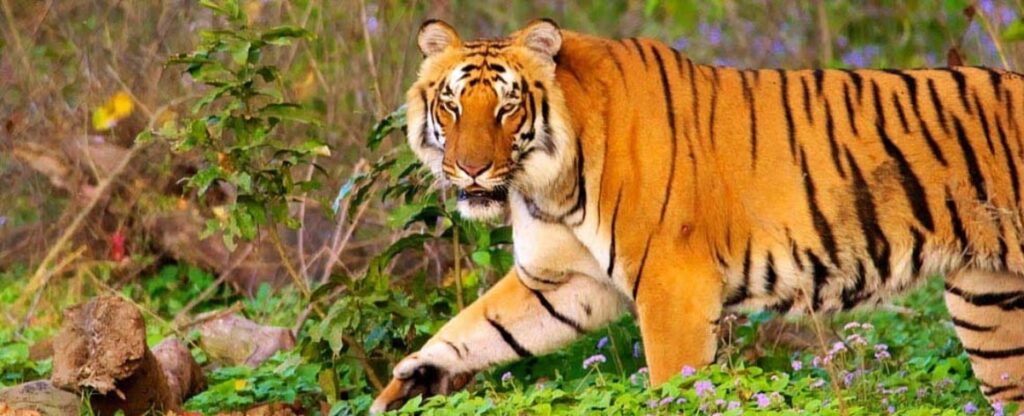
The Durgadevi Zone, located in the northeastern part of the park, is famous for its ancient temples and the presence of the majestic mahseer fish in the Ramganga River. This zone provides a unique blend of spirituality and wildlife, making it a must-visit for those who wish to delve into the cultural and natural heritage of the region.
A wildlife safari in Jim Corbett National Park is not just about spotting animals; it is an opportunity to learn and appreciate the delicate ecosystem that supports these magnificent creatures. The park offers several educational programs and nature walks, conducted by experienced naturalists and guides, to enhance visitors’ understanding of the park’s biodiversity and conservation efforts. These programs aim to create awareness about the importance of preserving these fragile habitats and the need to protect these endangered species.
More: Wanted to download Odia Deals, visit here
To ensure the sustainability of eco-tourism in the park, certain rules and regulations have been put in place. These include restrictions on the number of vehicles allowed in each zone, specific timings for safari trips, and responsible behavior while exploring the park. It is important for visitors to adhere to these guidelines to minimize human impact on the park’s fragile ecosystem and ensure the well-being of its inhabitants.
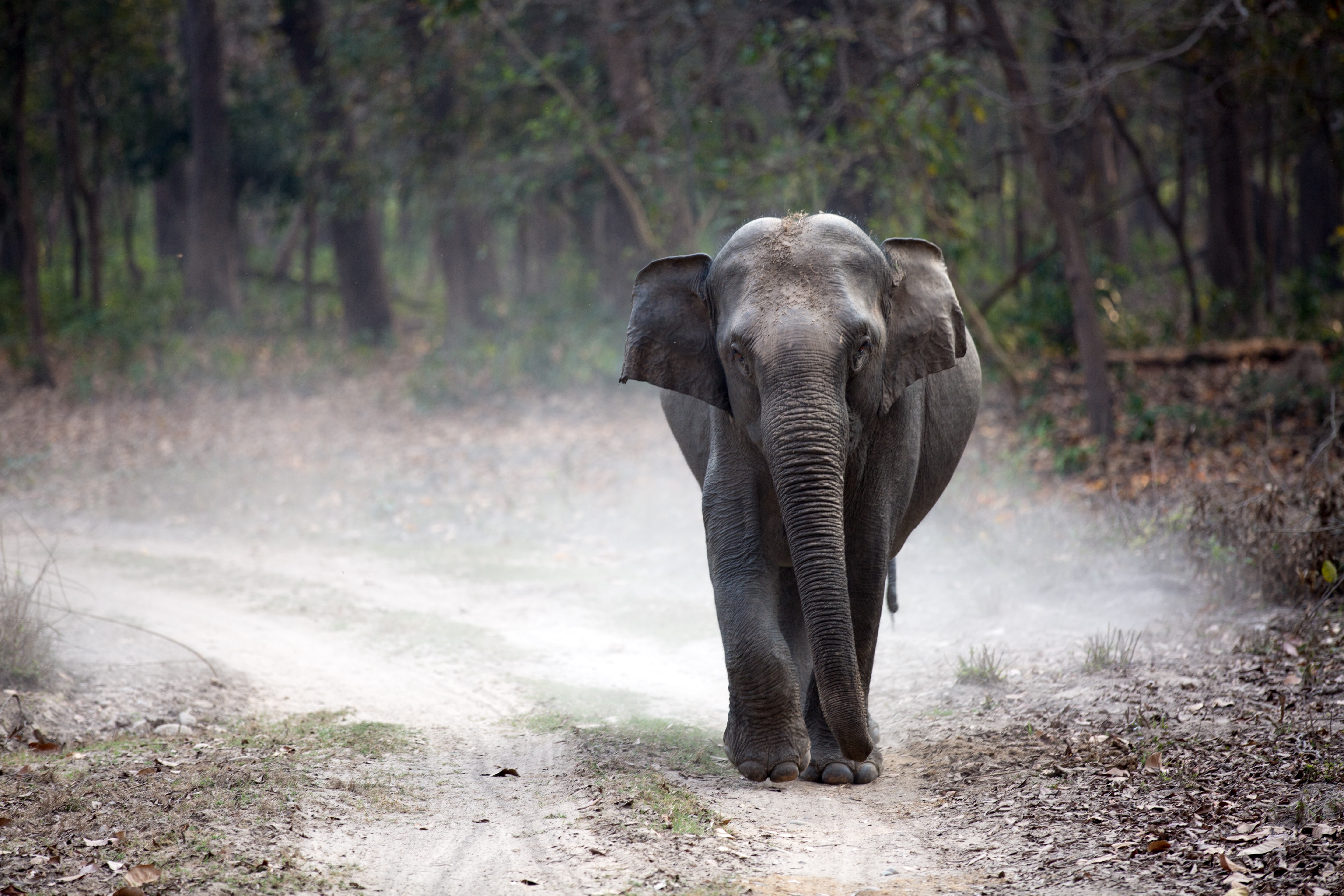
A wildlife safari in Jim Corbett National Park is a once-in-a-lifetime experience that showcases the raw beauty of nature and the incredible diversity that our planet harbors. The opportunity to witness the world’s most magnificent creatures in their natural habitat is awe-inspiring and invokes a deep appreciation for the world we live in. Jim Corbett National Park is a testament to the fact that conservation efforts and responsible tourism can coexist, offering a glimpse into a world untouched by human intervention.
So, embark on a journey into the wild, immerse yourself in the beauty of India’s natural heritage, and let Jim Corbett National Park leave an indelible mark on your soul.
FAQ For Wildlife Safari in Jim Corbett National Park
Where is Jim Corbett National Park located?
Jim Corbett National Park is located in the state of Uttarakhand, in northern India.
What is the best time to visit the park for a wildlife safari?
The best time to visit Jim Corbett National Park for a wildlife safari is from November to June. The park remains closed during July to October due to the monsoon season.
Are there different zones for safari in Jim Corbett National Park?
Yes, Jim Corbett National Park is divided into multiple zones for safari. These zones include Bijrani, Jhirna, Dhikala, Dhela, Durga Devi, and Sonanadi. Each zone offers a unique wildlife experience.
What is the duration of a wildlife safari in Jim Corbett National Park?
The duration of a wildlife safari in Jim Corbett National Park varies depending on the zone and type of safari chosen. Generally, safaris last for 3-4 hours.
What are the different types of safaris available in the park?
The park offers Jeep safaris and Canter safaris. Jeep safaris can accommodate up to six people, whereas Canter safaris are open buses that can accommodate up to 16 people.
What other wildlife can be seen in the park apart from tigers?
Apart from tigers, Jim Corbett National Park is home to various other wildlife species such as elephants, leopards, sloth bears, deer, crocodiles, reptiles, and a wide variety of bird species.

